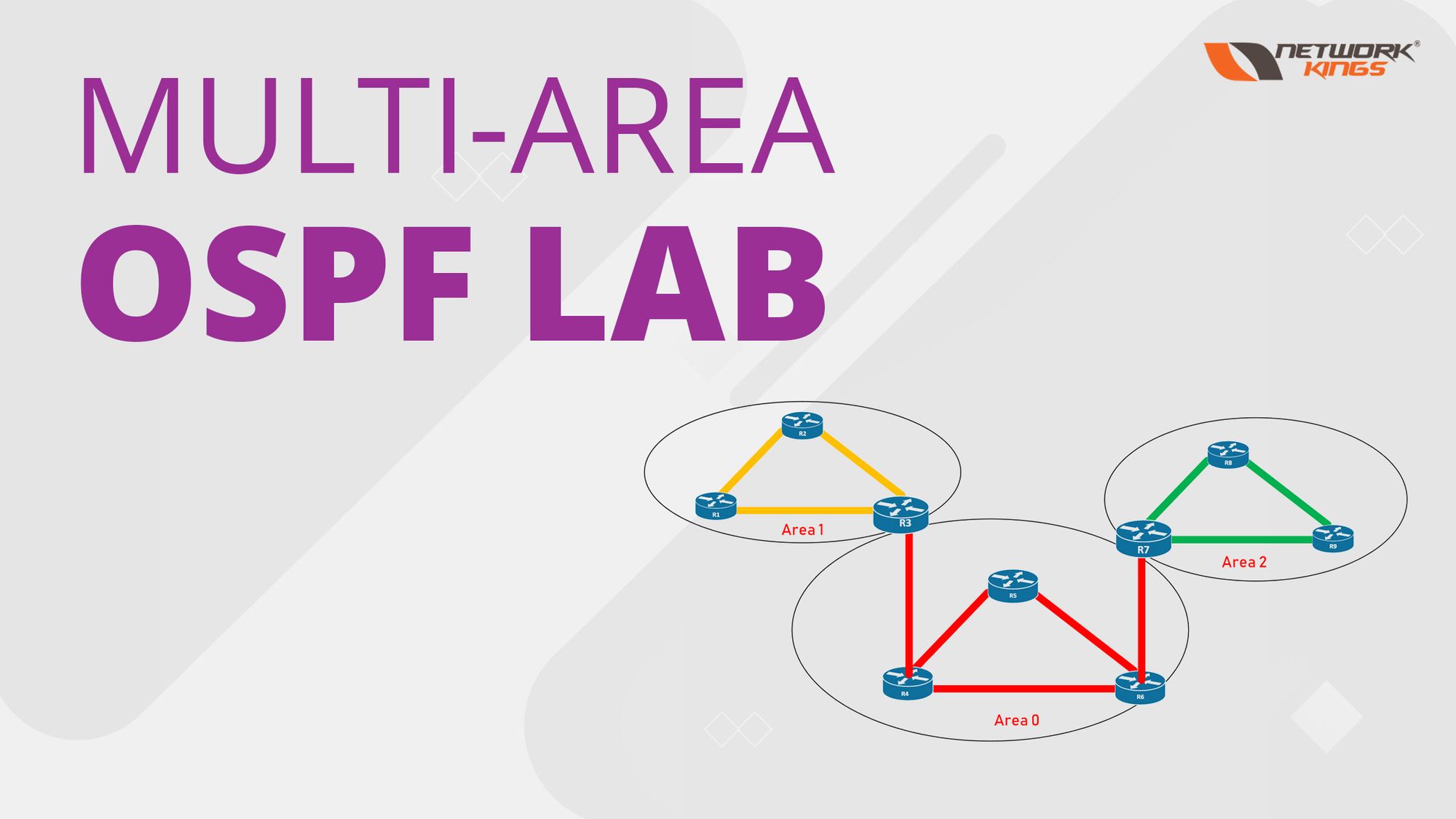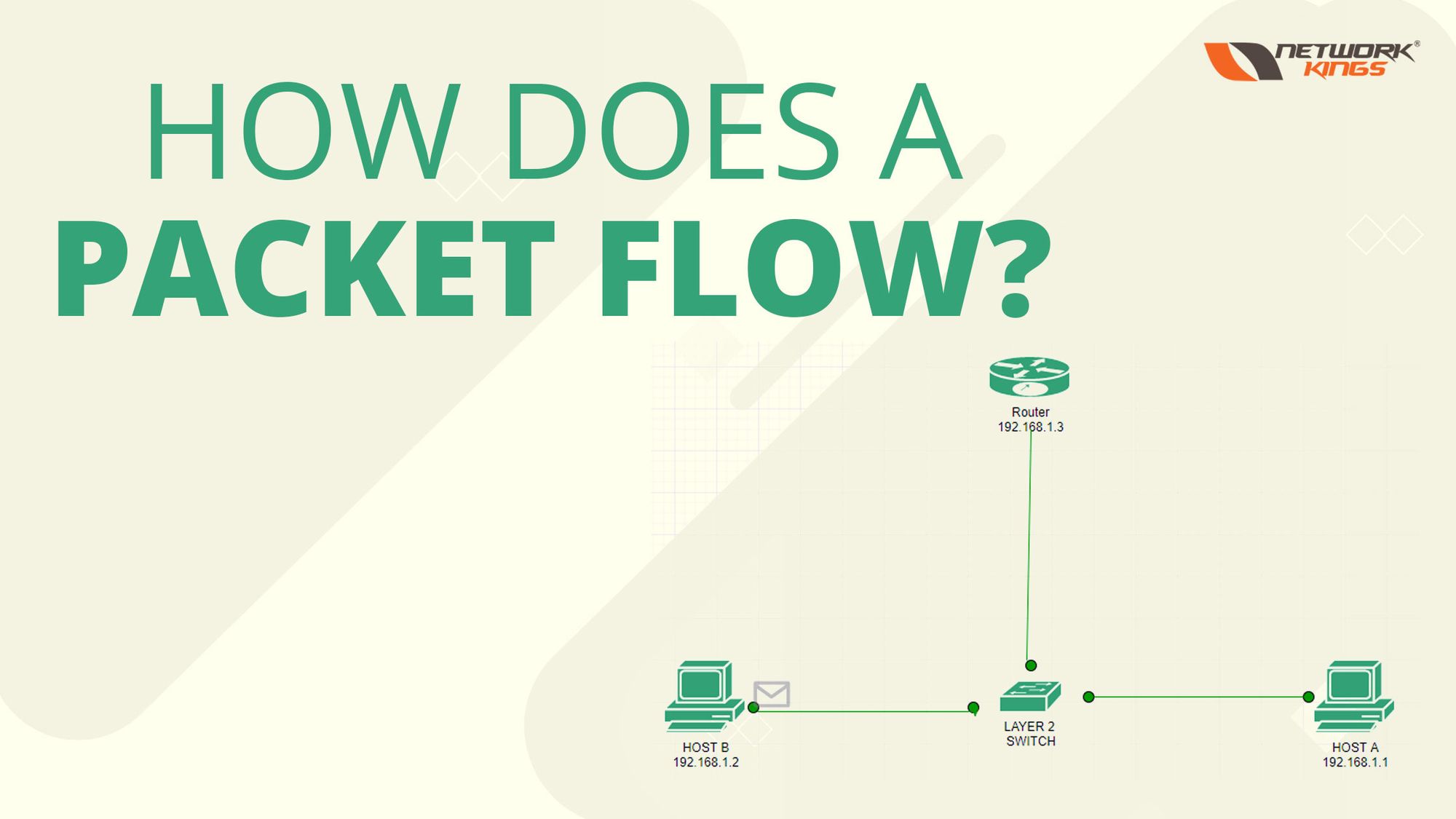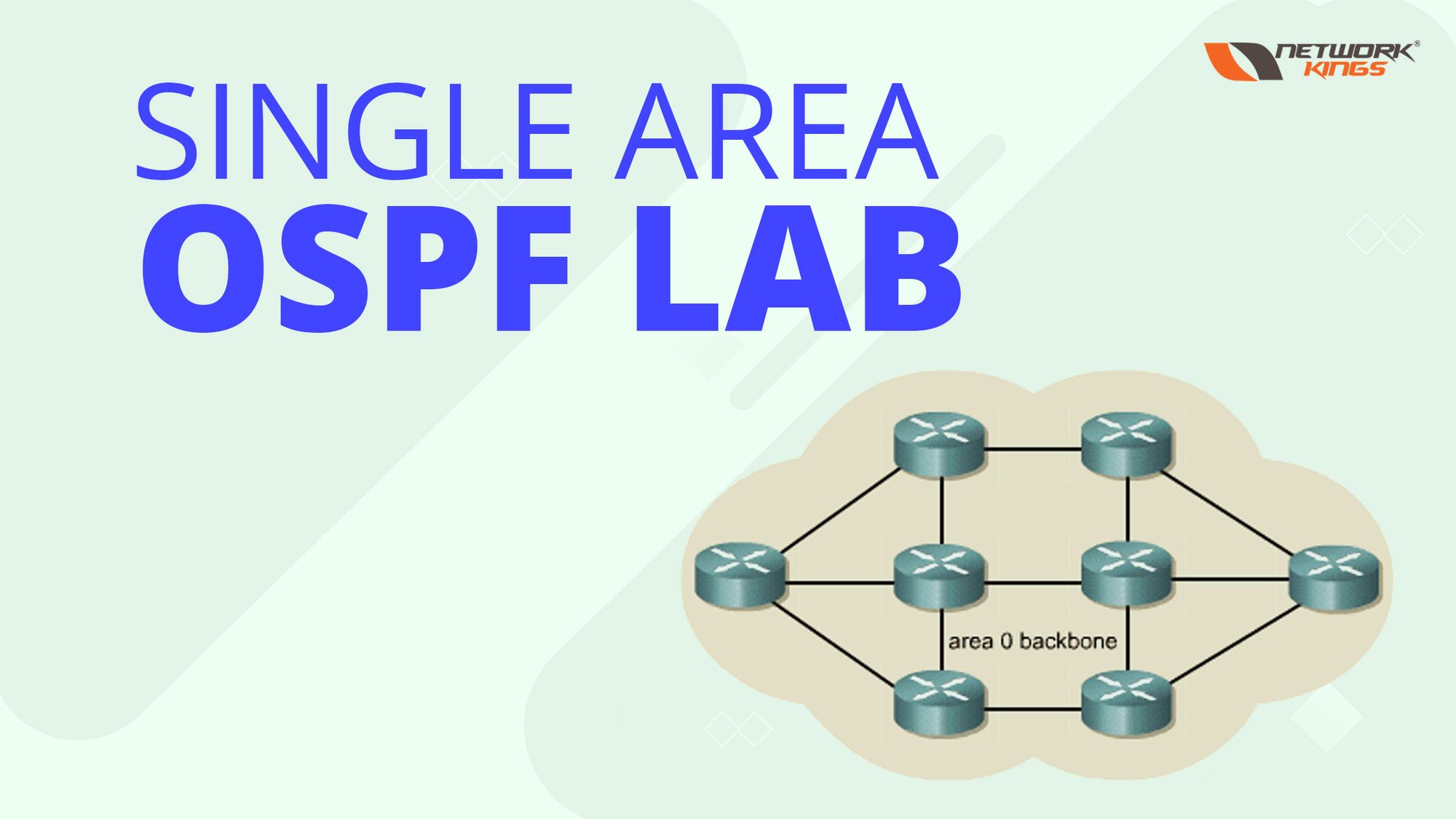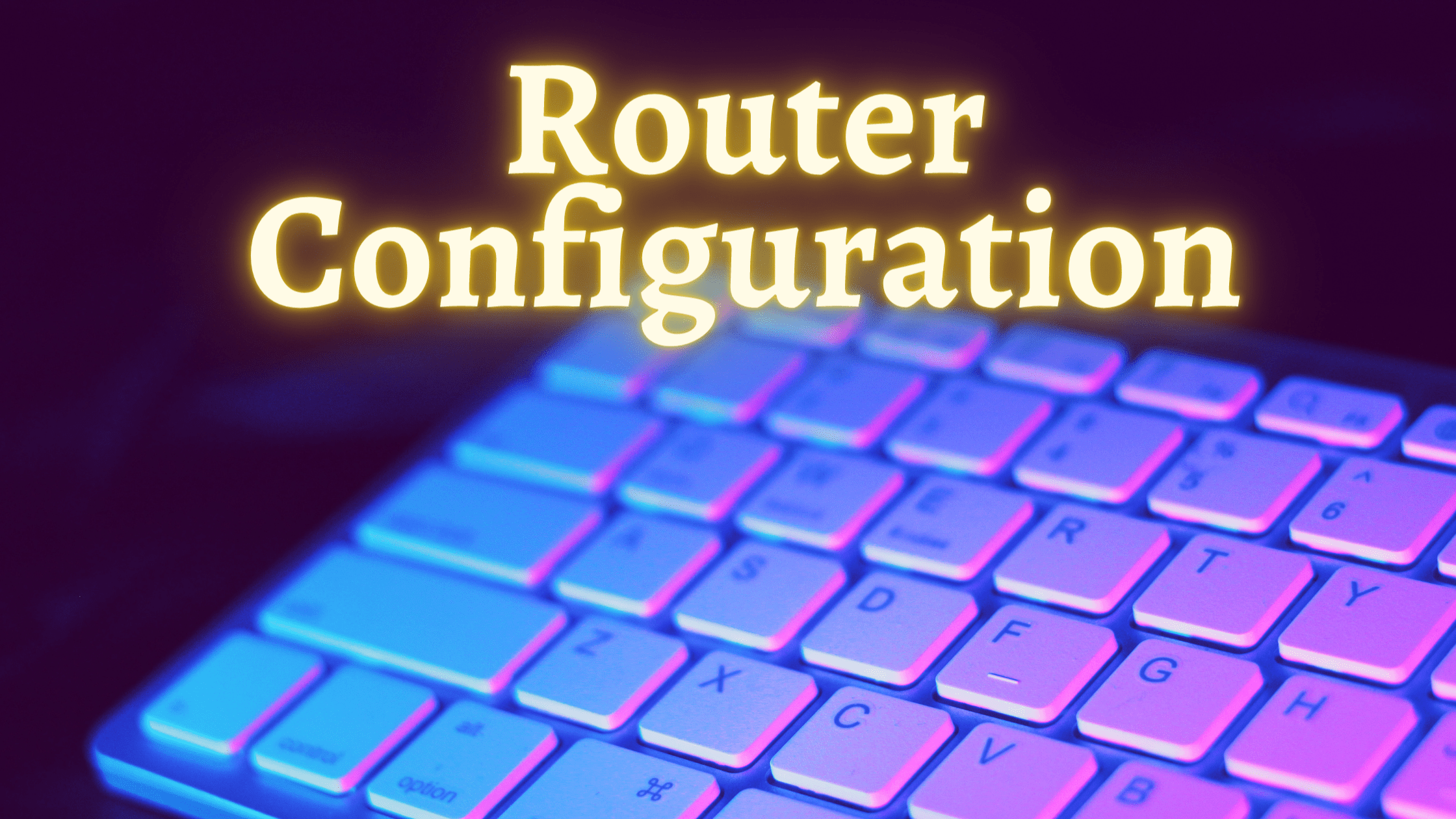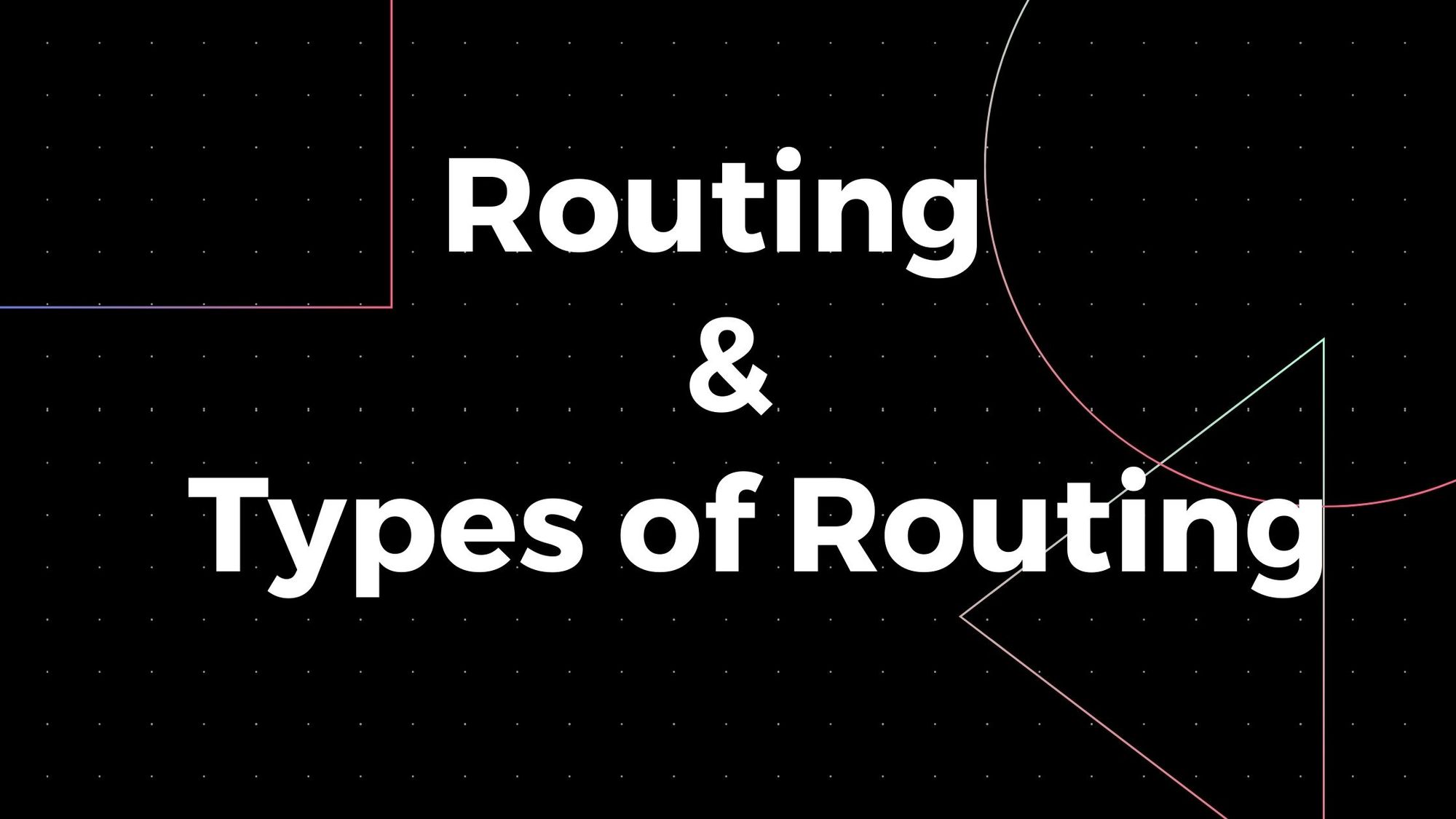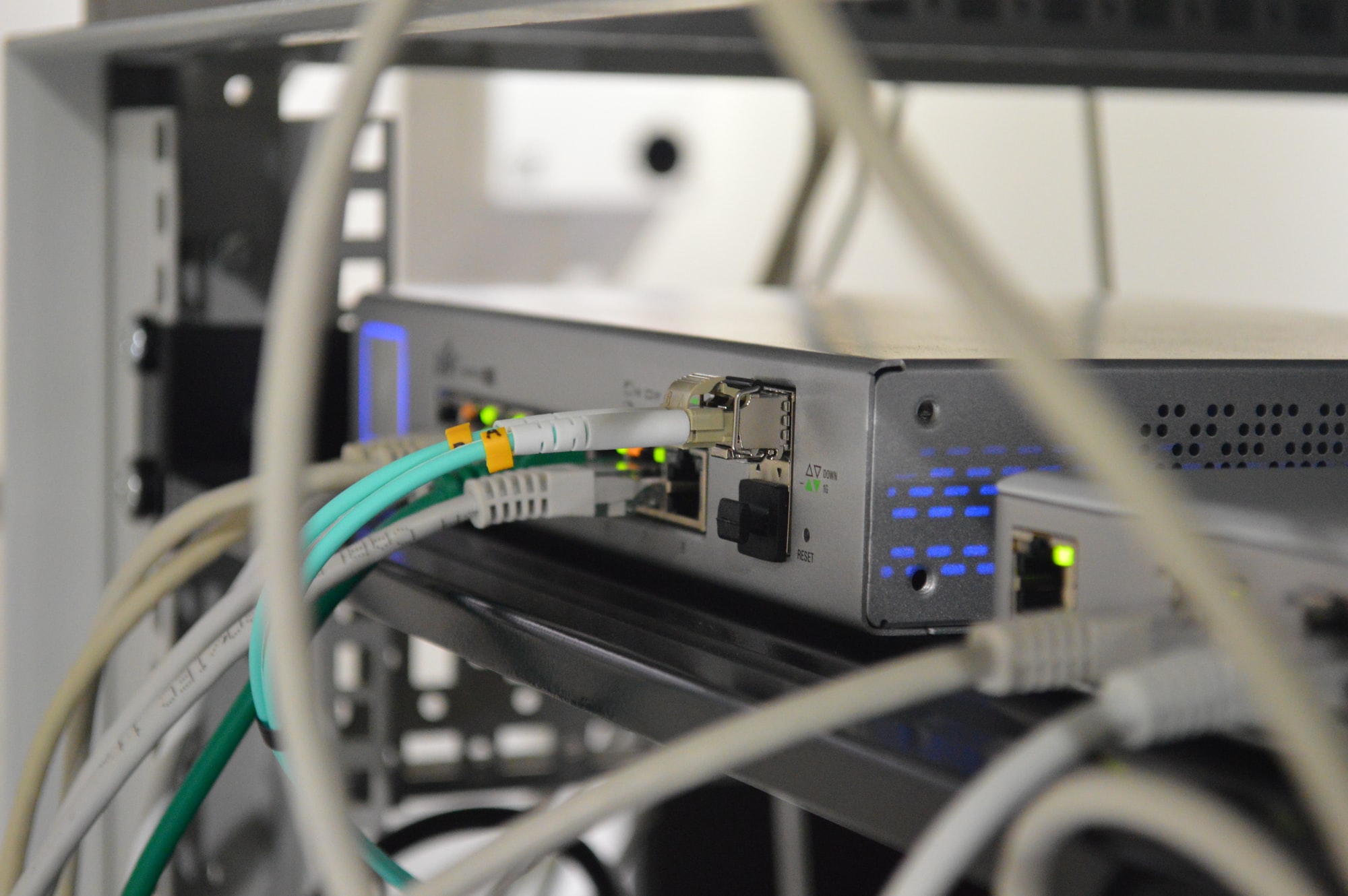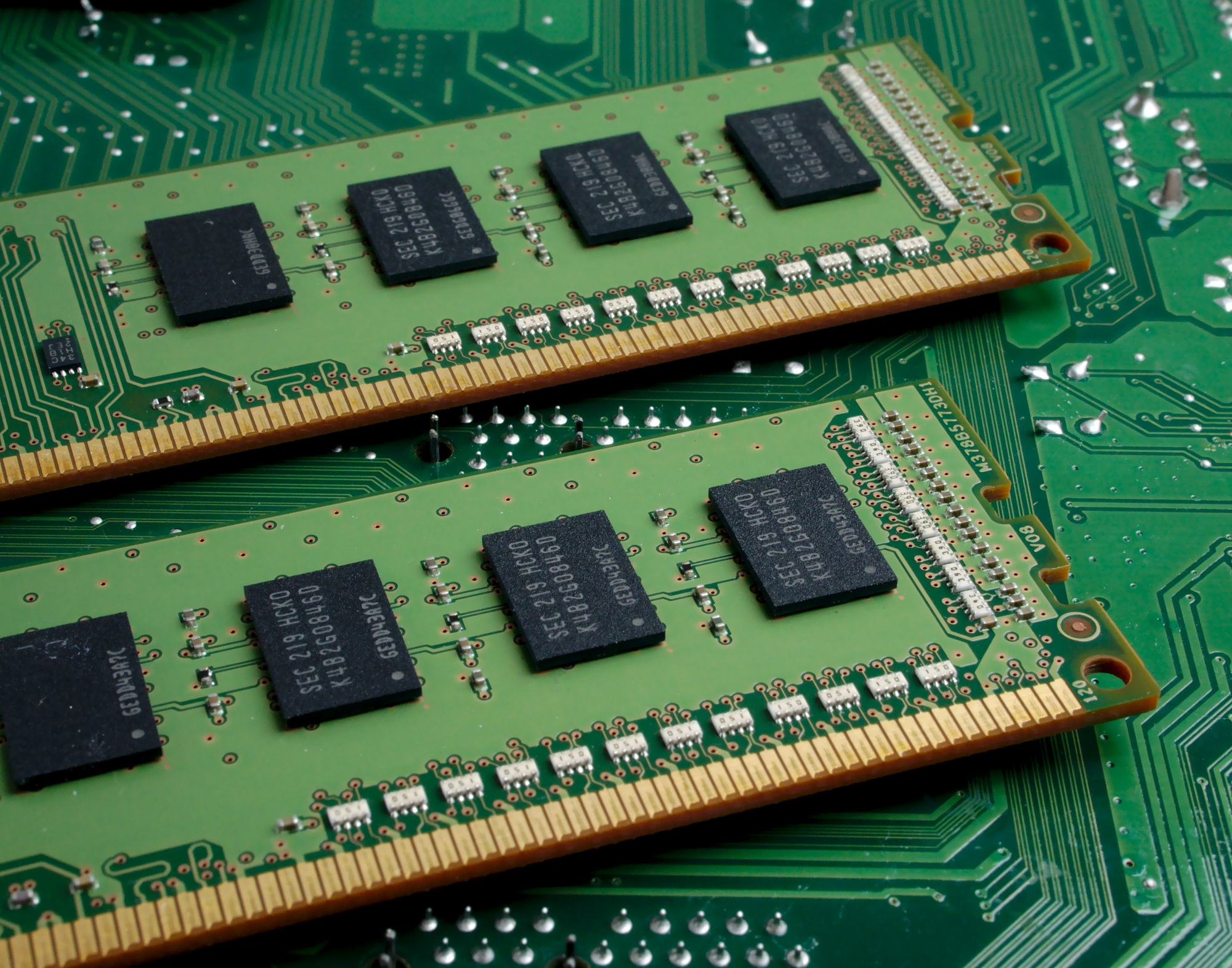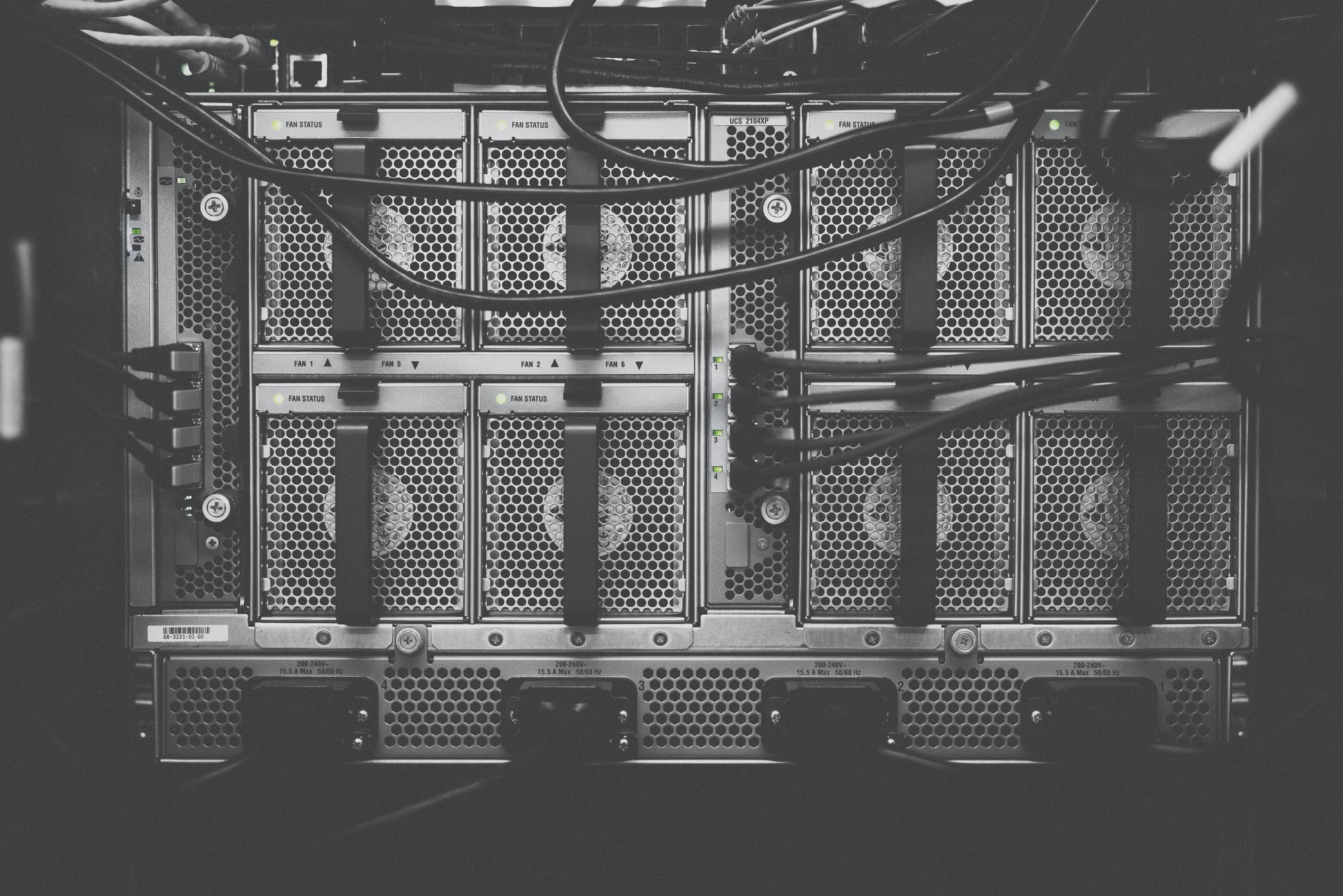Multi-area OSPF Lab
Multi-area Open Shortest Path First Lab In this lesson, we will do a multi-area OSPF Lab. To perform this lab I used Cisco packet tracer, 8 routers and 2 switches.Before making multi-area OSPF network design, 3 things always keep in mind. Area 0 (backbone area) is must, other areas can’t communicate without area 0. All … Read more

